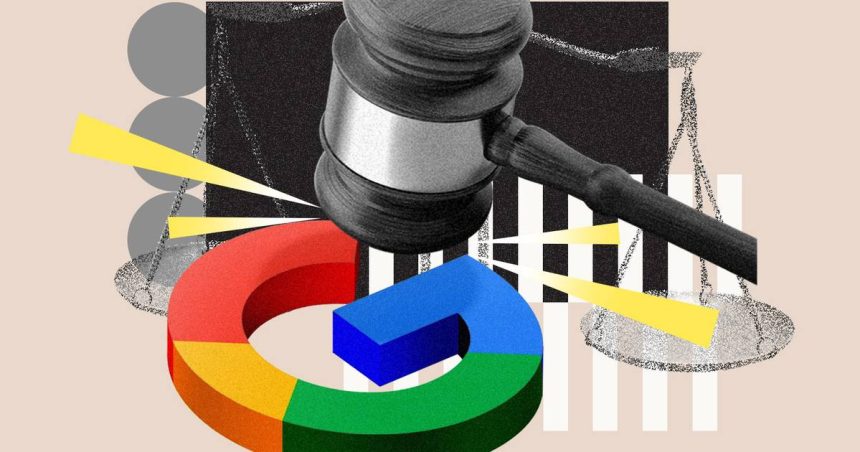At an antitrust trial, it’s probably not great when there’s evidence shown in court of company executives talking about crushing the competition.
On the third day of the United States vs. Google, though, lawyers for the Department of Justice introduced remarks from David Rosenblatt, Google’s former president of global display advertising, where he said just that.
“If we execute…we’ll be able to crush other networks, and that’s our goal,” Rosenblatt said in a document from 2009, apparently describing the company’s strategy around that time in internal notes shared with Google employees.
Those notes also described Rosenblatt as saying, “We’re both Goldman and the NYSE,” comparing Google’s ad tools to both an investment bank and a stock exchange. “We’ll do to display what we did to search,” he continued.
Rosenblatt’s remarks seemed to help make the DOJ’s case for it as it argues that Google acted to monopolize the digital advertising ecosystem in its blockbuster case against the tech giant.
Or maybe it was just a simple metaphor, as Brad Bender, a former Google executive who oversaw the company’s buy and sell side ad tech, suggested when he took the witness stand Wednesday. During the cross-examination of Bender, Google’s lawyers pointed out that Rosenblatt worked at the company for less than a year and that he left shortly after making those remarks. (Rosenblatt was CEO of DoubleClick when it was acquired by Google in 2008 and joined the tech giant briefly at that time.)
As the trial continues, what exactly constitutes an “open web display advertisement” continues to be a point of contention between the prosecution and the defense, and on Wednesday, Google’s lawyers asked Bender to explain how Google’s ad-buying tools, like DV360, were integrated with platforms like YouTube and mobile ads.
In an extremely technical portion of the testimony that brought this reporter back to high school geometry-levels of boredom, the DOJ turned to expert witness R. Ravi, a computer science professor at Carnegie Mellon, to break down how Google could win ad auction bids by offering discounts and surcharges.
- During Ravi’s time on the stand, the court heard that Project Poirot, a Google initiative that the DOJ has argued lowered bids sent to rival exchanges, was so successful that Google’s exchange saw ad spend jump 7%, while pulling spend from rival exchanges like Pubmatic (-30.2%), OpenX (-28.5%), and Rubicon (-9.9%).
Get marketing news you’ll actually want to read
Marketing Brew informs marketing pros of the latest on brand strategy, social media, and ad tech via our weekday newsletter, virtual events, marketing conferences, and digital guides.
Google has argued that concerns about spam, malware, and ad fraud are its justification for why it continues to keep its ad network exclusive to its ad exchange.Bender testified that Google wasn’t impervious to fraud and spam.
Last on the witness stand Wednesday was Jed Dederick, chief revenue officer of The Trade Desk, who testified about challenges The Trade Desk has faced in the display market. Despite being the second-largest DSP, and among Google’s most formidable competitors, it still failed to grow its display business at the same rate as other parts of its business, he said, due to Google’s nearly impossible-to-surmount scale.
At this point in the trial, US District Court Judge Leonie M. Brinkema asked, if Google was “blown apart” in 30 different directions, would the resulting lack of scale be a problem for publishers?
It’s hard to say, Dederick said, but he knew at least one thing: “Publishers wouldn’t let their ads go unsold,” he said.
Read the full article here










